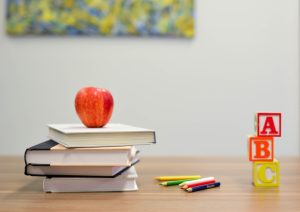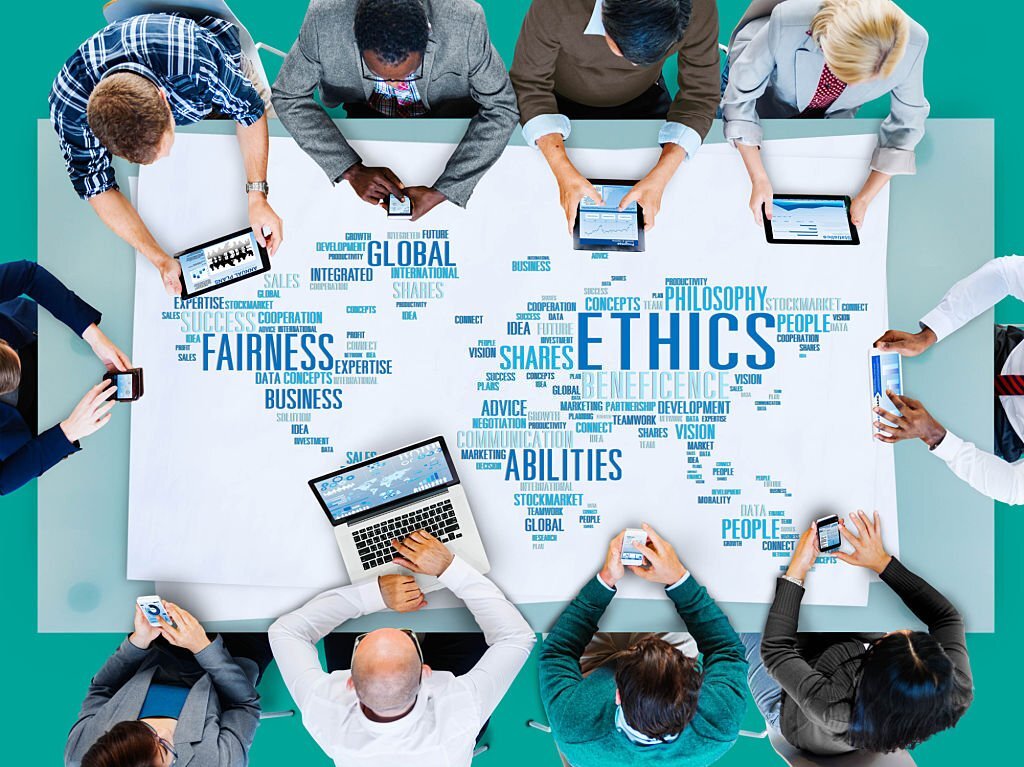Children often find that they don’t learn the material well and quickly lose concentration. Or they memorize paragraphs for class and get straight A’s, but a week later they can’t remember anything at the test. How can you teach your child to memorize and apply this to learning?
What Affects Memorization
There are many factors that influence the effectiveness of learning. The most important of them are:
- Study schedule. If you do mental activities at the same time of the day, the body will get used to it, which will improve concentration and brain activity. And this, in turn, will improve the quality of classes.
- Mode of the day. It’s worth paying attention to a person’s internal biorhythms. Scientists found that in the period from 8-11 am, the human body is more ready for loads, including intellectual ones. In the evening, around 9-10 pm, people remember texts better and quicker.
- Breaks. Between classes and after them it is important to leave time for proper rest. For example, for a walk, sports activity, playing at a bet UG site, hobbies. So the body can switch, and the material will be absorbed better.
- Rest from gadgets. It’s important to accustom the child to turn off the phone during classes or put it aside so as not to be distracted.
- Repeating the material. Reinforce the material you have learned by watching notes and presentations, doing homework and taking tests.
To understand exactly when to do this, you can refer to the forgetting curve of Ebbinghaus. The German psychologist conducted experiments on students and found that to memorize the material well, you need to repeat it several times – immediately after the lesson, after 20 minutes, after 8 hours, and the next day.
Auditory, Visual and Kinesthetic Approaches
Some psychologists and educators suggest dividing students into audial, visual and kinesthetic.
Each of these types of thinking has its own recommendations for remembering information.
What an audialist can do:
- Make the most of listening and speaking aloud to memorize information: repeat aloud, listen to audio lectures.
- Use the method of teaching to learn: Learn it yourself first, and then explain it to someone else.
- practice with people, best of all with other audiologists: you can tell the information to each other and memorize it faster.
- Find an explanation of topics you don’t understand in audio or video format, for example, on YouTube. Perhaps this will be more effective than reading an outline.
What a visual person can do:
- Make sure you take notes: this is useful for all students, but for visual learners it’s trebly.
- Make cards with the terms or dates you want to memorize and hang them around the room.
- Write out information as if it were an answer to a question on a written exam.
- Look at the lecturer while something is being explained to you – this improves concentration.
What kinesthetic can do:
- When memorizing material, don’t constrain yourself in your movements. For example, additionally walk around the room. It’s difficult to do this at school, but you can use this advice when preparing homework.
- If you want to move around during the lesson, do a warm up for the hands, move the legs, and stretch the neck.
- Try to play calm music when doing homework, as it helps many kinesthetic students to concentrate
- surround themselves with beautiful and pleasant to the touch stationery.
Common Memorization Techniques
Regardless of what type of child the test refers to, techniques recommended for students with other types of thinking may work for them, since everyone is different.
There are also general recommendations that can be helpful to all students.
Take Notes
It’s best to write by hand rather than typing on a computer: by putting letters on paper a person engages different parts of the brain at the same time and can remember more.
Notes are also good that you can refer to them and recreate the lesson or part of it in your memory. This is much faster and more effective than reviewing a recording of an entire lesson or rereading a textbook.
Even if you don’t reread the outline, you will focus much more on analyzing the material and remember more.
Use Your Imagination
Try to visualize the story of the historical event being studied as vividly as possible, as if you were making a movie in your head.
Think in Terms of Associations
Think up and remember associations – they can be as strange and illogical as possible, but the important thing is that they make sense to you. By referring to the association several times, you will fix this neural connection in your brain and remember the spelling of the words.
This method is excellent for remembering foreign words, names, and historical dates.
Phonetic Associations
This method is particularly good for learning new vocabulary when learning foreign languages. It’s necessary to build an association between consonant words of the studied and the native language. It’s believed that the more ridiculous the associations, the better they will be remembered.
The Restorff Effect
The essence of the method is that in a large amount of information to break it into groups, which are not similar to each other – and remember them on the principle of difference. The Restorff Effect is often called the Isolation Effect and is used in advertising: bright objects among homogeneous ones always attract attention and are better remembered.
Buesen’s Method of Mental Maps
Visibility and structure are the best alternatives to linear text. Mental maps allow you to significantly reduce the amount of information without loss of meaning and to remember them reliably while structuring them. Maps can be created not only by hand but also with the help of online resources.
Aivazovsky’s Method
The great artist trained his ability to remember details of a landscape by recreating what he saw from memory on canvas, and then checking against the original view. This method makes it possible to memorize faces of people or a variety of objects as accurately as possible. Artistic skills are not necessary for this: it is enough to “trace” mentally the details of the images that one needs to remember. With each subsequent time, it will get better and better.






